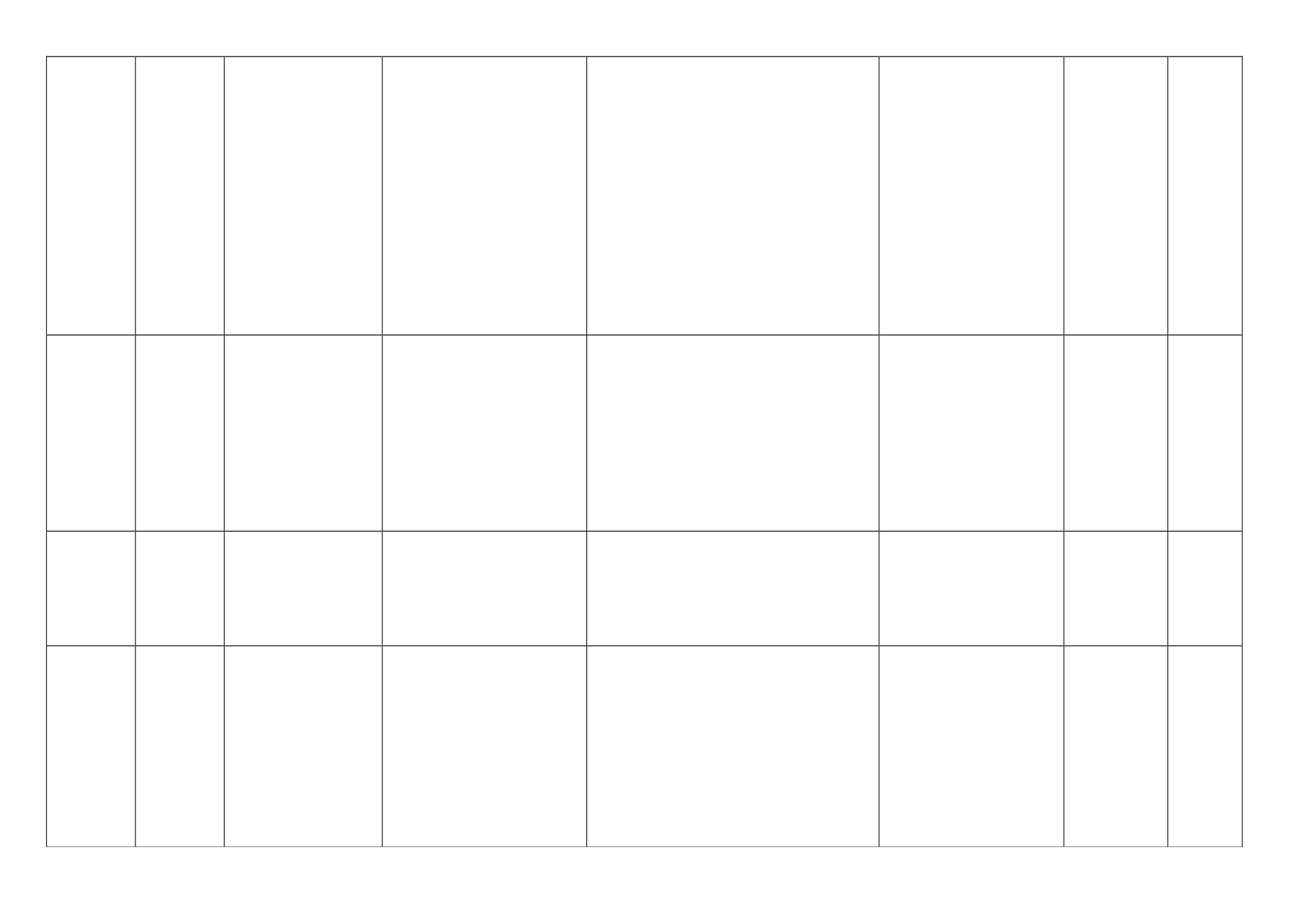

Pakistan -
Sri Lanka
12-Jun-05
Sri Lanka got duty free market
access on 206 products in the
Pakistani market including
tea, rubber and coconut. Pak-
istan got duty free access on
102 products in the Sri Lankan
market.
These
products
include oranges, basmati rice
and engineering goods.
Pakistan: Tariff concessions not less than 67
per cent at the end of second year, 100 per
cent (bringing applicable tariff to zero) at the
end of the third year. The Negative list of
Pakistan consists of 540 HS lines (products)
at six digit level. Sri Lanka: The Negative list
of Sri Lanka contains a total of 697 HS lines
(products) at six digit level and these
products will not be entitled to enjoy any
tariff concessions, when exported to Sri
Lanka. Not less than 30 per cent at the end of
the first year. Not less than 40 per cent at the
end of the second year. Not less than 60 per
cent at the end of the third year. Not less than
80 per cent at the end of the fourth year. 100
per cent (bringing applicable tariff to zero) at
the end of the fifth year.
Pakistan: The Immediate
Concession List a total of
206 HS lines at six digit
levels and Sri Lanka
received 100% duty free
access for these products in
the
Pakistan
market,
immediately. Not less than
34 per cent upon entry into
force of the Agreement. Sri
Lanka: Sri Lanka has listed
a total of 102 HS lines at
six-digit level, on which
Pakistan will receive 100%
duty free access. Not less
than 20% per cent upon
entry into force of the
Agreement.
Pakistan,
Sri
Lanka
No
South
Asian Free
Trade
Agreement
(SAFTA)
01-Jan-06
Phased tariff liberalization
Programme
(TLP)
under
which, in two years, NLDCS
bring down tariffs to 20%,
while LDCS bring them down
to 30%. Non-LDCS then bring
down tariffs from 20% to 0-5%
in 5 years (Sri Lanka 6 years),
while LDCS in 8 years.
NLDCs reduce their tariffs for
L.D.C. products to 0-5% in 3
years.
This TLP covered all tariff lines except those
kept in the sensitive list (negative list) by the
member states. SAPTA con- cessions would
cease for the LDC Member States once the
Non-LDCSs
complete
the
Trade
Liberalization Programme (TLP) for LDCSs
within three years. If any items, on which
SAPTA concessions are available to LDCSs,
appear in the Sensitive List of Non-LDCSs,
they shall maintain the same level of
concessions.
Immediate reduction of
tariffs to 0-5%.
Afghanistan,
Bangladesh,
Bhutan,
India,
Maldives,
Nepal,Pak-
istan,Sri
Lanka
No
West
African
Economic
and Mone-
tary Union
(WAEMU)
01-Jan-00
The current signatories
stated below are "as
notified by the Par-
ties". However, please
note that Guinea Bis-
sau is now a Party of
WAEMU.
The CET entered into force on
1 January 2000
B
é
nin,
Burkina
Faso, C
ô
te d
’
Ivoire, Mali,
Niger,
Senegal
No
ASEAN-
China
01-Jan-
2005(G)
Tariff lines placed by each
Party in the Normal Track on
its own accord shall have their
respective applied MFN tariff
rates gradually reduced and
eliminated.
Reduce to 0-5% not later than 1 July 2005 the
tariff rates for at least 40% of its lines placed
in the Normal Track. Reduce to 0- 5% not
later than 1 January 2007 the tariff rates for at
least 60% of its lines placed in the Normal
Track. Eliminate all its tariffs for lines placed
in the Normal Track not later than 1 January
2010, with flexibility to have tariffs on some
lines, not exceeding 150 lines, eliminated not
later than 1 January 2012. Eliminate all its
tariffs for lines placed in the Normal Track
not later than 1 January 2012.
China,
Cambo-
dia, Lao
PDR,
Malaysia,
Myanmar,
Philippines,Si
ngapore,Thail
and, Viet
Nam
Yes

















